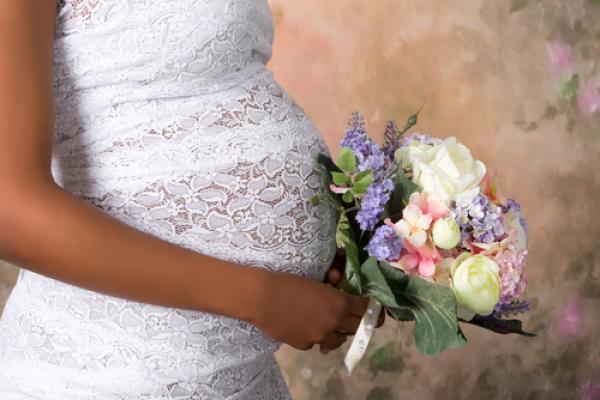Unmarried couples who live together are staying together longer than in the past — and more of them are having children, according to new federal data that details just how cohabitation is transforming families across the U.S.
For almost half of women ages 15-44, their “first union” was cohabitation rather than marriage, says the report from the National Center for Health Statistics. For less than one-quarter, the first union was marriage. The report was based on in-person interviews conducted between 2006 and 2010 with 12,279 women ages 15-44.
“Instead of marriage, people are moving into cohabitation as a first union,” said demographer Casey Copen, the report’s lead author. “It’s kind of a ubiquitous phenomenon now.”
Although cohabitation and fertility have been reviewed previously, Copen says this report is the first analyzing the relationship between the two, and the first from the federal government to give detailed data on how long cohabiting relationships last. Among the findings:
- As a first union, 48 percent of women cohabited with their male partner, up from 43 percent in 2002 and 34 percent in 1995.
- 23 percent of first unions were marriages, down from 30 percent in 2002 and 39 percent in 1995. The percentage of women who cohabited as a first union increased for all races and ethnic groups, except Asian women. Among Hispanics, the percentage increased 57 percent; for whites, 43 percent; for blacks, 39 percent.
- 22 months is the median duration of first cohabitation, up from 20 months in 2002 and 13 months in 1995.
- One in five women (19 percent) became pregnant and gave birth in the first year of a first premarital cohabitation.
- Within three years of cohabiting, 40 percent of women had transitioned to marriage; 32 percent remained living together; 27 percent had broken up.
“The United States has long had the shortest cohabiting relationships of any wealthy nation and now these relationships are lengthening,” said sociologist Andrew Cherlin of Johns Hopkins University in Baltimore.
Demographers say education plays a huge role in how these romantic relationships play out.
The new data show 70 percent of women without a high school diploma cohabited as a first union, compared with 47 percent of those with a bachelor’s degree or higher. Among women ages 22-44 with higher education, their cohabitations were more likely to transition to marriage within three years (53 percent), compared with 30 percent for those who didn’t graduate high school.
“What we’re seeing here is the emergence of children within cohabiting unions among the working class and the poor,” Cherlin said. “They have high standards for marriage and they don’t think they can meet them for now, but increasingly, it’s not stopping them from having a child. Having children within cohabiting unions is much more common among everybody but the college educated.”
“Cohabitation is a common part of family formation in the United States, and serves both as a step toward marriage and as an alternative to marriage,” the report says.
Mark Mather, a demographer at the Population Reference Bureau, a Washington-based nonprofit research organization, says education is the “main determining factor of whether this is a transition to marriage or maybe a short-term union.”
“Those with less education are much more likely to break up,” he said. “They may enter a second or third cohabiting union. There tends to be a lot more instability.”
Sociologist Sarah Hayford of Arizona State University in Tempe, who studies cohabiting relationships, said they are complicated.
“It seems like cohabiting unions are playing different roles for different people,” she said.
Sharon Jayson writes for USA Today. Via RNS.
Got something to say about what you're reading? We value your feedback!
